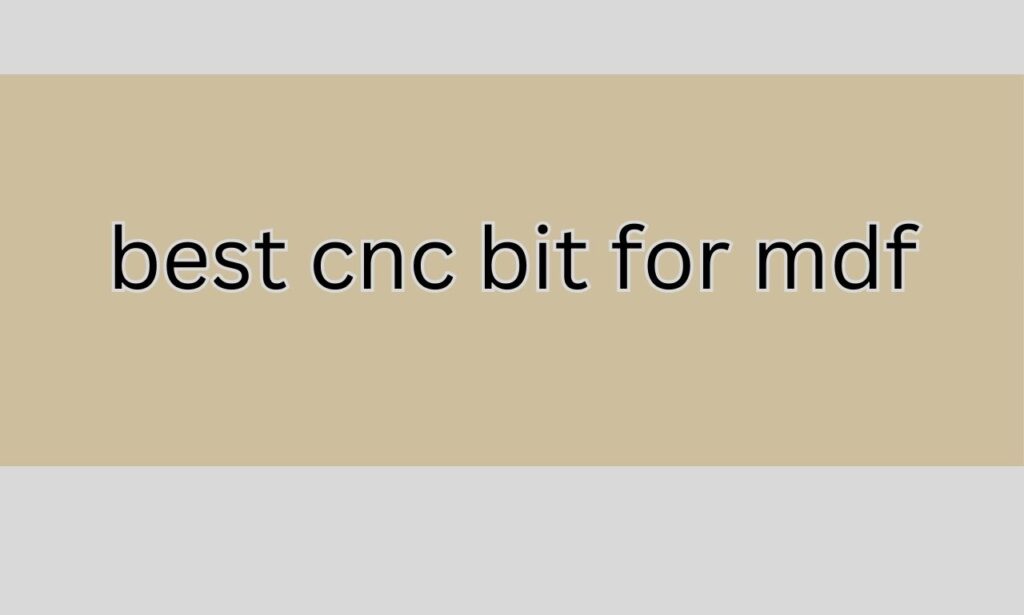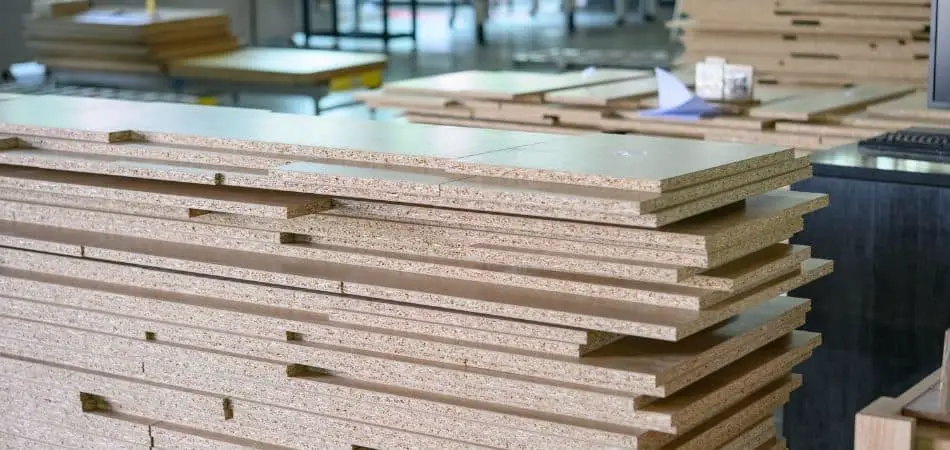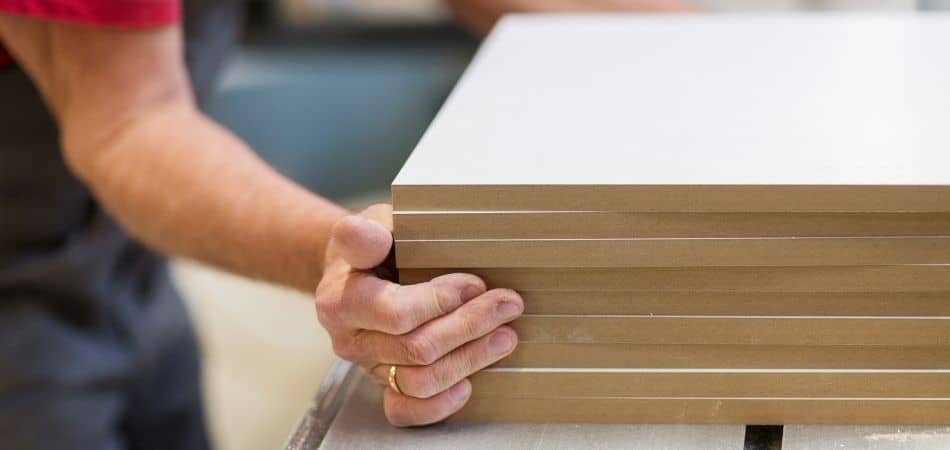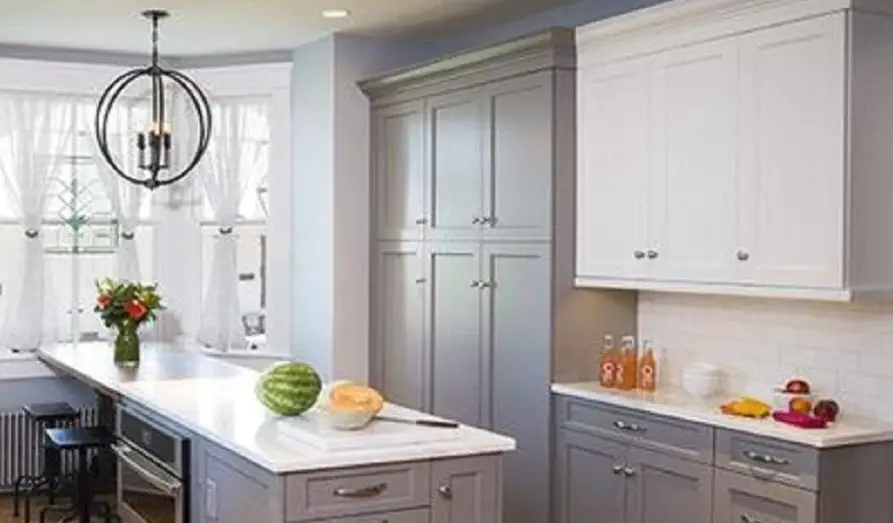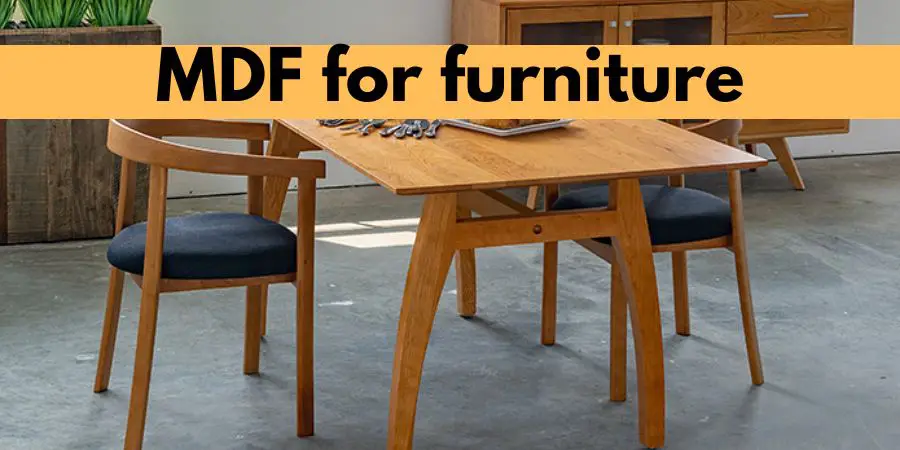MDF cutting requires the use of appropriate CNC router bits, and solid carbide double spiral flutes up-cut router bits are an excellent choice. These bits have two large grooves that can easily remove chips and keep bits in balance during rotation. Moreover, they are highly temperature resistant, and the tungsten solid carbide guarantees a long lifespan.
What is the Best CNC Bit for MDF?
If you want to achieve clean, precise cuts on MDF, a carbide spiral upcut bit is the way to go. This type of bit is made from a durable material that can withstand the high speeds and temperatures generated by CNC routers. The spiral upcut design helps to remove material efficiently while providing a smooth finish on the MDF.
In addition to the type of bit, the number of cutting edges on the bit, or the flute count, is also crucial. A higher flute count reduces the load on each individual edge, which prolongs the life of the bit and ensures consistent results. We recommend starting with a 1/4″ diameter bit with a 2-3″ cutting length and 3-4 flutes for most MDF cutting applications.
Understanding the Feed Rate, RPM, and Chip Load for MDF Cutting
To fully understand the best cutting speed (feed rate), router RPM (revolutions per minute), and how the bit’s chip load affects those two, it is essential to learn about the working material and choosing the appropriate MDF cutting router bits.
Cutting speed is the relative velocity between the cutting tool and the surface of the workpiece, while RPM is the number of turns in one minute.
Chip load refers to the size of the chips produced during cutting, and it affects productivity, heat generation, and cutter durability.
The chip load is too small means bits will become too hot and dull quicker; chip load is too high means cutters will cause a bad surface finish, and in worse situation, the bits break.
The formula for chip load is Feed Rate / [RPM x number of flutes]. Each CNC router bit has a different chip load, and cutting different materials have different chip loads. For MDF cutting, the recommended parameters are:
Suggested Figure for Cutting Different Thickness of MDF
Thickness (cm) | Type of Bits | CED (mm) | CEL (mm) | SHK (MM) | OVL (mm) | Chip Load per Tooth (mm)
1.8-1.2 | N2LX622 | 6 | 22 | 6 | 50 | 0.1524-0.2032
1-0.7 | N2LX415 | 4 | 15 | 4 | 40 | 0.127-0.1778
Less than 0.7 | N2LX3.12 | 3.175 | 12 | 3.175 | 12 | 0.127-0.1778
Testing Unfamiliar Bits for MDF Engraving with CNC Router
When testing unfamiliar bits for MDF engraving with CNC router, it is essential to follow the strategy outlined below:
- Start off using an RPM derived for the chip load for the material being cut (18000RPM to cut MDF).
- Increase the cutting speed (feed rate) by 1m/s a time until the part’s edge starts to be rough or hold downs start to lose control, then decrease the speed by 10%.
- Decrease the speed when the edge of the part starts to be rough, then bring the RPM back up until the finish is acceptable.
- Optimize RPM and speed to remove the largest possible chips. To reduce the amount of work needed, a range of feeds and speeds is provided to start at (step 1 above). To increase performance, optimize feeds and speeds as detailed above. If there are any surface finish problems, adjust until performance is acceptable. If there are a lot of work holding issues, it may be necessary to revisit the hold down method to ensure it is adequate.
Other Factors to Consider
Aside from the type of bit and flute count, there are a few other factors to keep in mind when selecting a bit for MDF:
- Feed Rate and Speed: Make sure to use the appropriate feed rate and speed for your specific machine and bit to prevent damage to the bit or workpiece.
- Depth of Cut: It’s important to take into account the depth of cut when selecting a bit. A shallow depth of cut will require a different bit compared to a deeper cut.
- Type of MDF: Different types of MDF may require different types of bits. For example, high-density MDF will require a tougher bit to cut through, while thinner MDF sheets may require a smaller diameter bit.
- Bit Maintenance: To prolong the life of your bit, it’s important to keep it clean and free of debris. Regular cleaning and sharpening will help maintain the bit’s performance.

